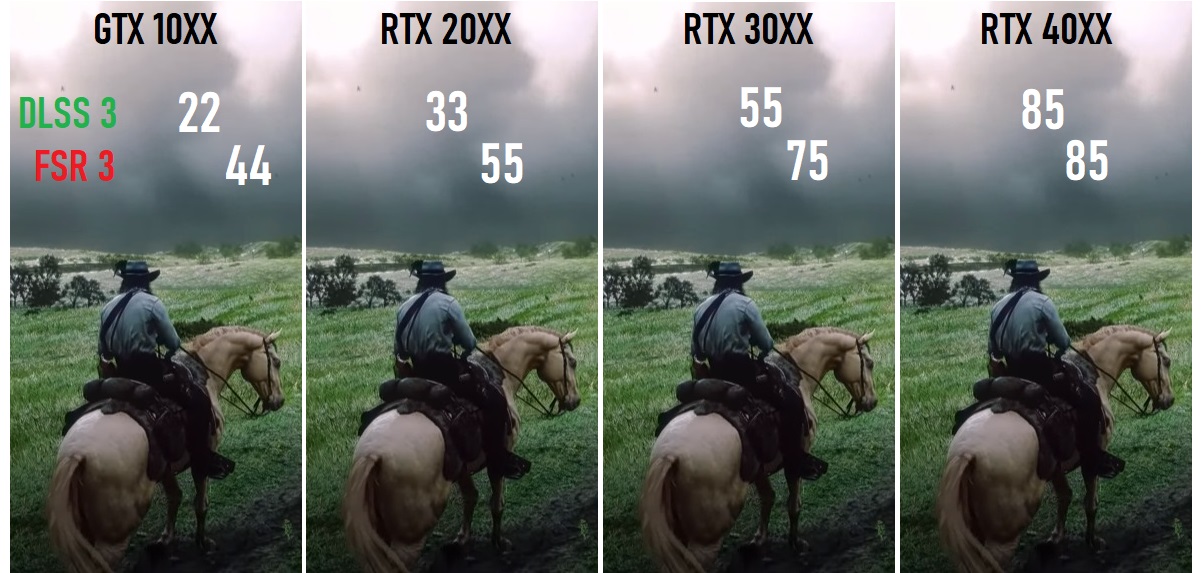In the ever-evolving world of PC hardware, the release of a new graphics card always garners significant attention. Nvidia’s RTX 4060, positioned as an entry-level option, has sparked both curiosity and skepticism among gamers and tech enthusiasts alike. But is it truly worth the investment? Let’s dive into a detailed analysis of the RTX 4060 to determine whether it lives up to the hype.
Key Takeaway:
The Nvidia RTX 4060 offers solid performance for its price point but falls short in delivering a truly exciting experience. While it can handle modern games at 1080p resolution, its limitations become evident when it comes to ray tracing and VRAM capacity. For those seeking a budget-friendly option with decent performance, the RTX 4060 might suffice. However, it’s essential to weigh its pros and cons before making a purchasing decision.
Unboxing and Initial Impressions
The journey with the RTX 4060 begins with unboxing, where expectations meet reality. As one excited user discovered, the physical appearance of the graphics card may not match the grandeur of its price tag. The compact size of the RTX 4060, while convenient for some builds, raises questions about its power and capabilities. Nevertheless, manufacturers like Zotac have managed to design sleek and efficient cooling solutions despite the card’s diminutive stature.
| Pros | Cons |
|---|---|
| Compact size for small form factor builds | Limited power draw (115 Watts) |
| Efficient cooling solutions | Lack of VRAM compared to predecessors |
| Sleek design by manufacturers | Not ideal for high-resolution gaming |
Performance Analysis
Gaming Experience
When it comes to gaming, the RTX 4060 delivers a mixed bag of results. While it can handle popular titles like “Cyberpunk 2077” and “Alan Wake 2” at 1080p resolution, the experience becomes less satisfactory when enabling ray tracing. Users may find themselves compromising on graphics settings to maintain playable frame rates, especially in demanding scenes.
| Pros | Cons |
|---|---|
| Decent performance at 1080p | Struggles with ray tracing |
| Playable frame rates in most games | Limited VRAM affects performance |
| Access to DLSS technology | Micro-stuttering issues observed |
Productivity and 3D Modeling
Surprisingly, the RTX 4060 shines in areas beyond gaming, particularly in 3D modeling tasks. Its performance in Blender benchmarks suggests that it can rival more expensive graphics cards in rendering and productivity workflows. For users engaged in content creation or design, the RTX 4060 offers a cost-effective solution without compromising on performance.
| Pros | Cons |
|---|---|
| Competitive performance in Blender benchmarks | Limited VRAM may affect large projects |
| Cost-effective solution for content creation | |
| Access to Nvidia’s DLSS technology |
Comparison with Other GPUs
To truly assess the value proposition of the RTX 4060, it’s essential to compare it with other GPUs in its price range. In a head-to-head matchup against the RTX 3060, its predecessor, the RTX 4060 offers marginal improvements in performance but falls short in terms of VRAM capacity. Additionally, when considering alternatives from AMD, such as the RX 6600, users may find similar performance with different feature sets and price points.
| Nvidia RTX 4060 | Pros | Cons |
|---|---|---|
| Marginal performance gains over RTX 3060 | Limited VRAM compared to RTX 3060 | |
| Access to DLSS technology | ||
| Cost-effective entry-level option |
| AMD RX 6600 | Pros | Cons |
|---|---|---|
| Similar performance to RTX 4060 | Limited ray tracing capabilities | |
| Competitive pricing | Lack of DLSS technology | |
| Potential for better value in specific use cases |
Is the RTX 4060 Worth It?
After considering its performance, features, and competition, the question remains: Is the RTX 4060 worth the investment? While it offers solid gaming performance at 1080p resolution and excels in productivity tasks, its limitations in ray tracing and VRAM capacity are undeniable drawbacks. For users seeking a budget-friendly option with decent performance, the RTX 4060 may suffice. However, those looking for a more future-proof solution or prioritizing ray tracing capabilities may find better alternatives elsewhere.
Ultimately, the decision to purchase the RTX 4060 depends on individual preferences and requirements. It’s essential to weigh its pros and cons against one’s gaming and productivity needs before making a final decision. With the ever-changing landscape of PC hardware, staying informed and considering all available options is key to making the right choice.
In conclusion, while the RTX 4060 offers a glimpse into the future of entry-level gaming, it falls short of delivering a truly revolutionary experience. As technology continues to advance, we can only hope for more innovation and affordability in the GPU market.













